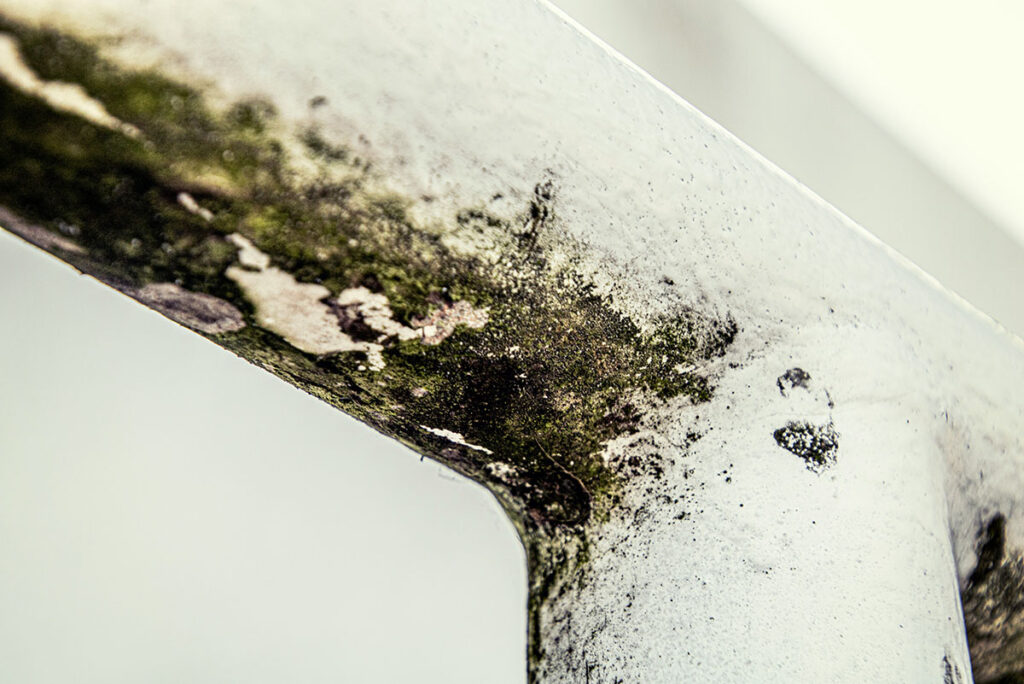ISO 16000-7 Indoor Air Sampling by Active and Passive Methods
The ISO 16000 series of standards provides a comprehensive approach to the measurement of indoor air quality. Specifically, ISO 16000-7:2009 focuses on determining the total viable airborne microorganisms in indoor environments by active and passive sampling methods.
This service is crucial for understanding the microbial content within enclosed spaces such as offices, schools, hospitals, laboratories, and residential buildings. The significance of this test lies in its ability to provide actionable insights into potential health risks associated with poor air quality. Microbial contamination can lead to respiratory issues, allergies, and other adverse effects on human health.
The sampling methods outlined in ISO 16000-7 are designed to capture both viable and non-viable airborne microorganisms efficiently. Active sampling involves the use of an air sampler that draws a known volume of air through a medium such as agar plates or membrane filters at a controlled flow rate over a specified period. Passive sampling, on the other hand, relies on natural airflow, where the sampling medium is exposed to the ambient environment for a set duration.
The results from these tests are essential for regulatory compliance and proactive health management within indoor spaces. Compliance with international standards like ISO 16000-7 ensures that testing methods are consistent across different countries and industries, facilitating comparability of data.
Our laboratory adheres strictly to the protocols specified in this standard to ensure accurate and reliable results. Our experts will guide you through every step, from sampling strategy design to result interpretation. Understanding the nuances of these tests allows stakeholders to make informed decisions regarding indoor air quality improvements.
- Environmental and Sustainability Contributions:
- Reduction in unnecessary emissions by optimizing HVAC systems based on accurate microbial counts.
- Incorporation into LEED (Leadership in Energy and Environmental Design) certification processes for buildings seeking sustainable design recognition.
- Promotion of healthier work environments leading to increased productivity and reduced absenteeism rates.
- Supporting public health initiatives by identifying sources of microorganism contamination early, thereby preventing larger outbreaks.
In summary, ISO 16000-7 provides a robust framework for assessing indoor air quality through active and passive sampling techniques. By leveraging this standard, organizations can maintain high standards of hygiene and safety while contributing positively to environmental sustainability efforts.
Why It Matters
The health impacts of poor indoor air quality are well-documented. Exposure to airborne microorganisms has been linked to various respiratory diseases, including asthma, allergic rhinitis, and even more severe conditions like Legionnaires' disease. The World Health Organization (WHO) recommends regular monitoring of indoor air quality as part of efforts to protect public health.
Indoor environments are not immune to external pollutants that can be brought inside through ventilation systems or human activity. Microbial contamination in these spaces can exacerbate existing respiratory problems and create new challenges for occupants. Therefore, implementing proper sampling methods is vital to maintaining a clean and safe indoor environment.
The results from ISO 16000-7 tests are not only useful for regulatory purposes but also serve as valuable tools for identifying areas of improvement within existing facilities. For instance, if high levels of certain microorganisms are detected, it might indicate issues with ventilation systems or improper cleaning practices that need addressing.
Furthermore, the data collected through these tests can inform design choices in new constructions, ensuring that future buildings adhere to stringent air quality standards right from their inception. This proactive approach helps create healthier living and working spaces, enhancing overall well-being for everyone involved.
Customer Impact and Satisfaction
Our clients benefit significantly from our ISO 16000-7 indoor air sampling services in several ways:
- Regulatory Compliance: By adhering to international standards, businesses can ensure they meet all relevant regulations governing indoor air quality.
- Health Protection: Early detection of potential health risks allows for timely interventions that protect employees and visitors from harmful exposures.
- Sustainability Initiatives: Data derived from these tests supports ongoing efforts towards creating more sustainable environments by informing decisions on energy usage, waste management, etc.
- Customer Satisfaction: Providing clear evidence of meeting or exceeding air quality targets enhances customer confidence and trust in our services.
We work closely with each client to tailor the testing process to their specific needs. Whether you require periodic check-ups or one-off assessments, we offer flexible solutions that align perfectly with your goals. Our team is committed to delivering accurate results swiftly so that timely actions can be taken if necessary.





